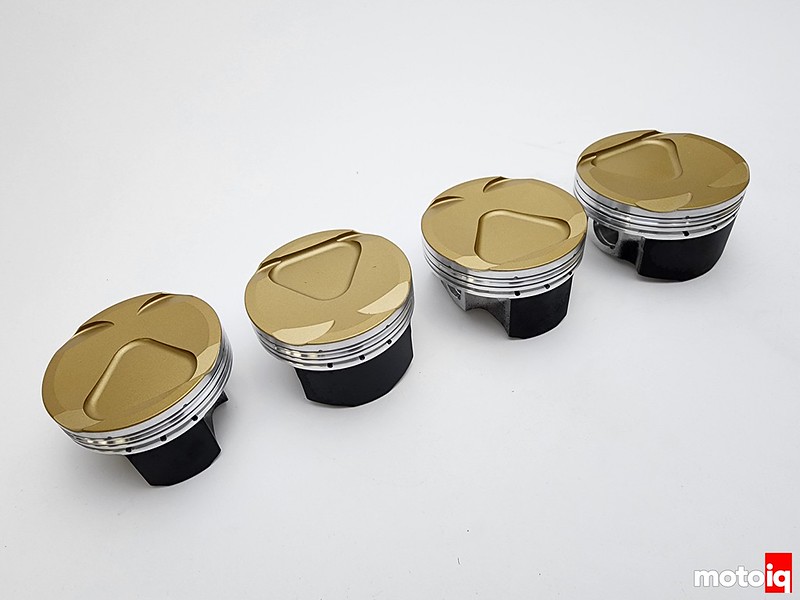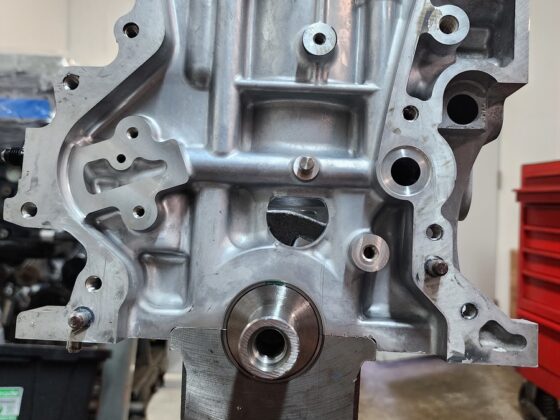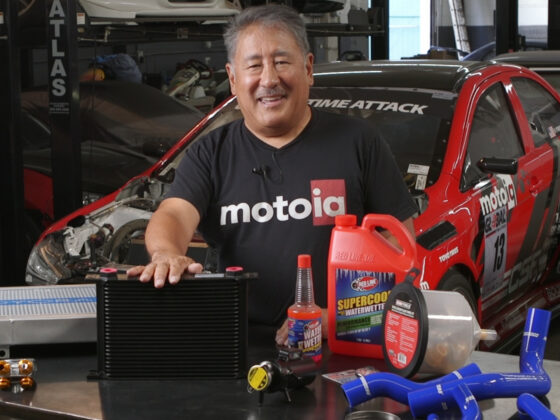We sent our crank to CTP Cryogenics for cryo-treating. Cryo treating involves slowly cooling the cases to the temperature of liquid nitrogen, then gradually warming them to ambient temperatures over the course of many hours. Cryo treating is an extension of the heat-treating process which stress relives the parts and coverts the crystalline metal structure of the ferrous metal of the crank from a Face Centered Cubic Crystal structure called Austenite to the harder and stronger Body-Centered Cubic structure Martensite. Cryo treating does this just as heat treating does but it further improves the conversion of Austenite to Martensite. This gives the metal a more homogeneous structure across its surface to the core and greatly improves, hardness, wear resistance, fatigue strength, and tensile strength.
WPC is a Japanese metal superfinishing process. WPC is very secretive about their exact process but we have been able to glean a few important details from indirect observation and our own personal experience with it. Contrary to popular belief, WPC is not a coating; it is closely related to shotpeening except WPC is done in a very different manner. Like shotpeening, WPC involves impacting a part with spherical projectiles to produce surface compressive stress, plastic deformation, and grain refinement. Again, much like shotpeening, this action greatly improves fatigue strength and stress corrosion fracture resistance. However, WPC differs from shotpeening in that the peening media is several orders of magnitude smaller, much harder and the impact velocities are much higher. WPC now offers CTP’s cryo services in the same location so getting both of these treatments in the same place is a great time saver! Parts should be cryo-treated first, then WPC treated for best results.

There are currently no performance bearings being made for the MR20DD so we had the OEM bearings WPC treated. WPC treating can typically increase a bearings load capacity by as much as 20%.

The valve seats are very thin so we did not aggressively pocket port in this area but we did remove the odd restrictor ring bump found on the stock valve seat that we talked about in the project’s last segment. We feel that this will give quite a bump in intake port flow at low lift levels. We also did a smooth Newen radius valve job. Since our power goals are not too aggressive, we felt there was no need to go to town in this area.



